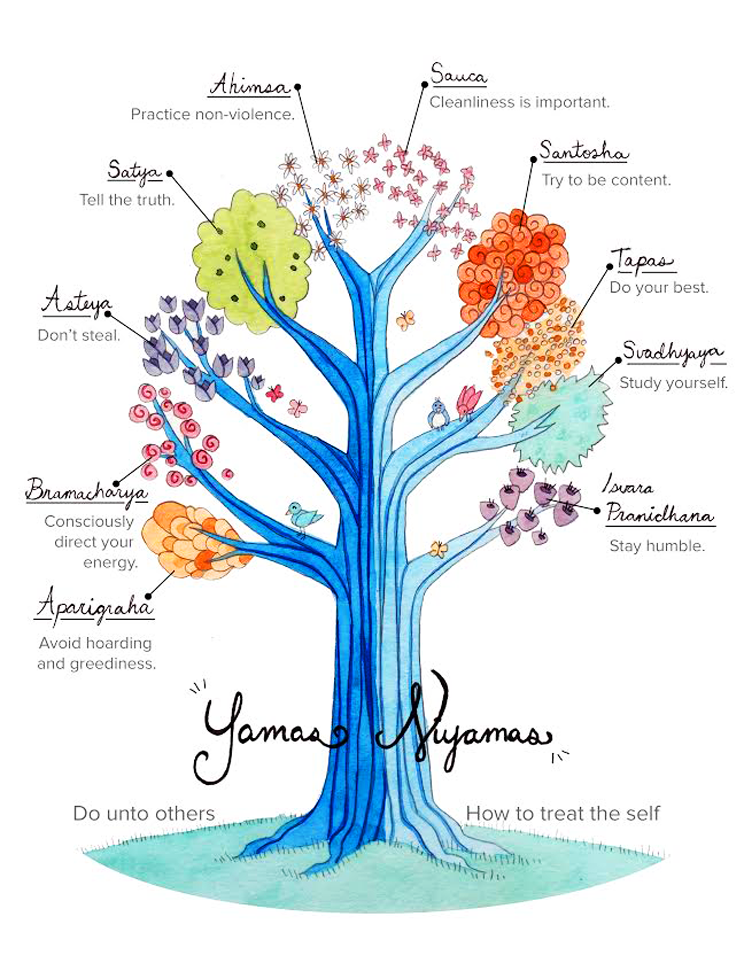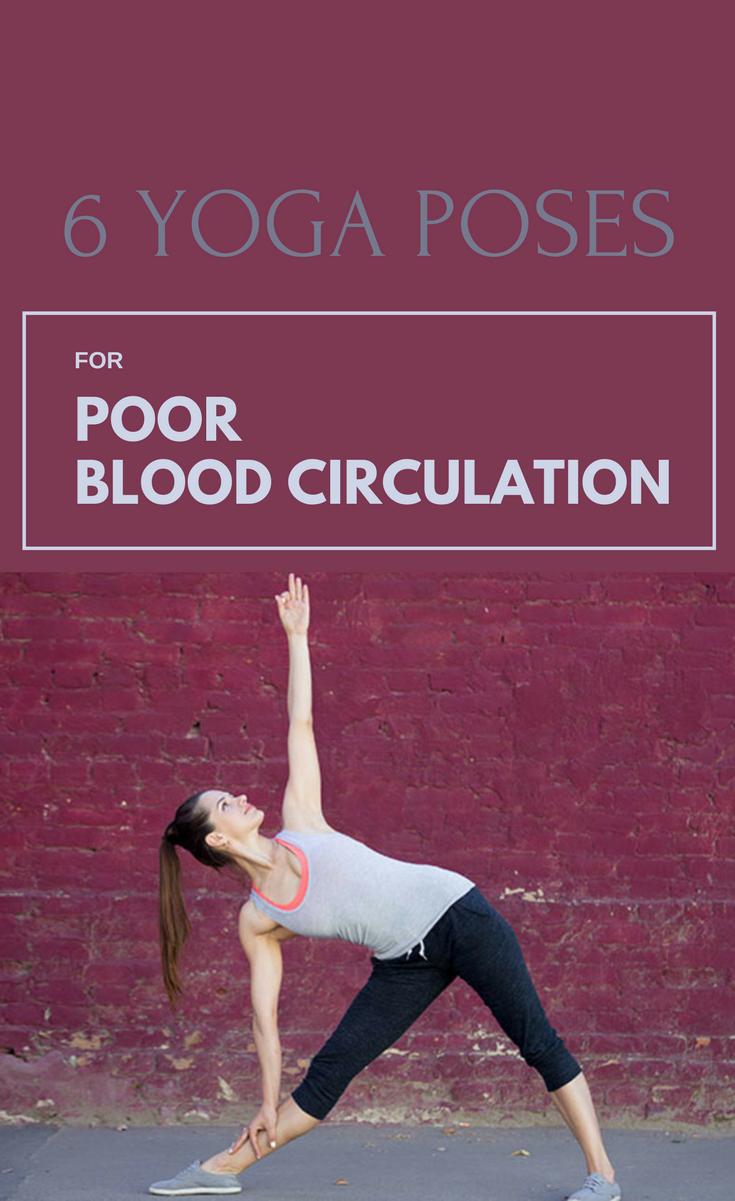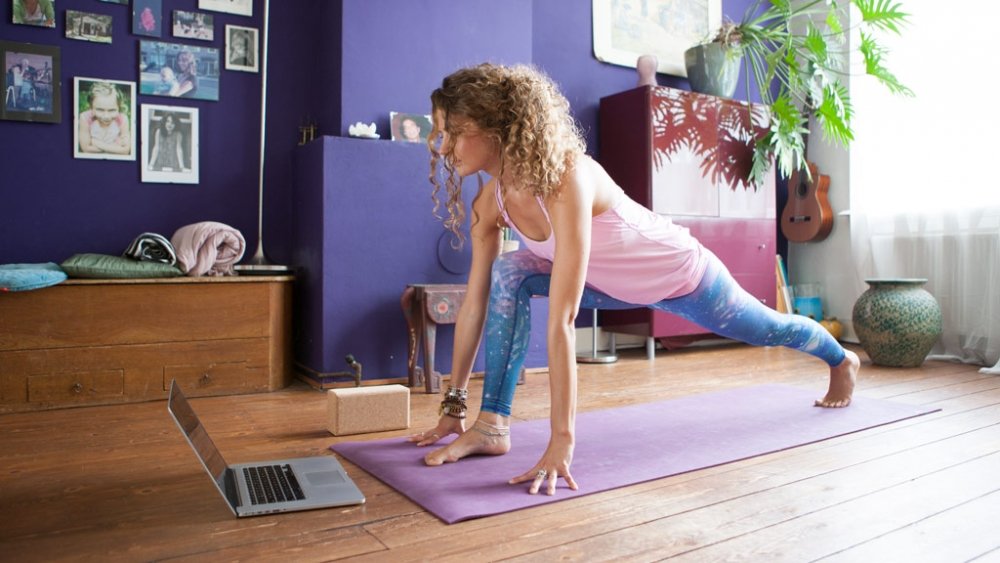
Many yoga poses cause strain on the shoulders, which can lead to injuries. Before you begin a new exercise in yoga, it is important that you understand the anatomy of your shoulder joint. The three bones making up the shoulder joint, are the scapula/shoulder blade, clavicle/collar bone and humerus/upper arm bone. These bones connect at the elbow joint. Each one has its own range.
Quads are responsible for knee extension. Gluteus maximus is the muscle responsible for hip abduction and hip flexion. It joins the front and rear thigh muscles. These four muscles are important in yoga poses. Each of these muscles are important and it's easy to see why. You'll feel the connection between each muscle in a specific pose as you practice yoga.
Hamstrings are responsible to knee extension and are derived form the ischial tuberosity of the pelvic bowl. They are also responsible for hip extension. While these muscles are important to all of your yoga poses, they can be tricky to access without proper alignment. This will make it more challenging but will improve your flexibility and balance. Once you are more familiar with the anatomy and workings of the hamstrings, it is safe to move on.

Another part of the body that can benefit from yoga is the hamstrings. The hamstrings allow for knee extension. They originate in the ischial tubrosity of the pelvic basin. They also aid with hip flexion. Because they control many movements throughout the body, hamstrings can be important in many yoga poses. This will allow you to select the one that best suits your needs.
When doing the balancing poses, we should avoid overstretching the SI joint. We should aim to have a stable, even range and strong core. You should also consider the alignment of the poses. Pain in the knee can result from a stretched joint. This can lead to an injury. Try using props that will help you attain a more balanced alignment.
Overmobilized scapulae - While it may appear as a twist, this is not always the case. The arm's position can also influence the spin of the spine. If the meniscus is fully flexed, it moves towards the back of your joint. The alignment of the pelvis is important for the body's muscles and allows them to function in the right direction. The hips and spine should be evenly distributed.
To achieve a uniform range of motion in your knee joint, the pelvic joint should be flexed. The pelvis and scapula should be positioned in a neutral position. If they aren't, it can cause spinal flexion which may lead to injury. If this is the situation, you may want to avoid this pose. While your leg is straight, push the meniscus to the rear of the joint.

Three bones make up the pelvis: femur (left) and thighbone (right). They are rounded and form a cup-shaped structure. The pelvis, a bone with a ball-shaped top at the top and bottom of the thigh, houses the head of the Femur. The femur also hosts the lower leg bone. Each one of these three bones is slightly different in shape and angle. This can affect how easy and strong some yoga poses are.
Beginners should be familiar with the anatomy and movements of the yoga poses. As you become more familiar with your body, it will be easier to do the postures correctly. The fundamentals of anatomy are explained in detail in the book Anatomical Position by David Katz, a world-renowned expert in yoga and anatomy. He provides an explanation of the anatomy and effects of each pose on the body. Once you're familiar with the anatomy, it is possible to apply it in your daily routine.
FAQ
Is cardio exercise good for your health or bad?
Cardiovascular exercise can have many benefits. It improves blood circulation, strengthens your heart muscle, increases stamina, helps you lose weight, and gives you energy.
Cardiovascular exercise includes running, biking, hiking, swimming, tennis, basketball, soccer, volleyball, football, etc.
It is important to remember that cardio exercises should not be performed at high-intensity levels. Doing this could lead to injury.
Only do the cardio exercise when you are feeling good.
Do not push yourself to the limit. You could injure yourself if you do.
It is important to warm up before you begin any cardiovascular exercise. Next, increase your intensity gradually.
Remember, you should always listen to your body. If you feel pain during cardiovascular exercise, stop immediately.
After a cardio workout, it is a good idea to take a break. This will allow your muscles to rest.
To lose weight, you should include cardiovascular exercise in your daily routine.
It is the best method to lose calories and reduce belly weight.
Eggs are good for us.
All nutrients are contained in the egg. It helps to maintain strong bones and healthy hearts and lungs and stabilize blood pressure.
Eggs are an excellent source protein, vitamins A,B12, D E, K and calcium. They also contain vitamin B12, D-E, K, calcium and phosphorus.
The egg yolk contains high levels of cholesterol. The egg yolk does not contain saturated oil. Eggs are low in saturated fat compared to other foods.
They are also low on calories and sodium. They are very versatile and can be cooked any way you'd like. They can be poached or scrambled, baked, hard-boiled, or fried.
They are incredibly nutritious and easy to prepare.
At least two whole eggs should be consumed each day. If you dislike eating eggs, you should add them to your diet.
Eggs provide essential nutrients needed by our bodies. Try adding them to your daily diet today.
What does butter do?
Butter is one the most nutritious sources of saturated oils. This type fat is great for your skin and hair. It also helps you build stronger bones.
Vitamin K is also found in butter, which helps prevent bleeding from cuts or bruises. Vitamin K works with vitamin A to prevent bleeding.
Butter is rich in minerals such as calcium, potassium, and phosphorous. These minerals promote stronger bones, teeth, and teeth.
Butter has its limitations. Butter is high in cholesterol. Some studies show that consuming too much cholesterol may increase the risk of developing cardiovascular disease.
Also, butter is high in saturated fat, contributing to obesity and increased cholesterol levels.
You can spread butter on bread if you are forced to use it. Bread absorbs more oil that pasta and potatoes.
Statistics
- Candidates and applicants must pass all four tests at 70% (minimum level) to graduate from Basic Deputy U.S. Marshal (BDUSM) Training. (usmarshals.gov)
- According to the American Academy of Dermatology (AAD), men over 50 are at a heightened risk of developing it. (healthline.com)
- According to the American Heart Association, blood pressure should be checked at least once every two years, beginning at age 20. (my.clevelandclinic.org)
- Get free shipping and 25% off today. (healthline.com)
- By John Thompson Take a whopping 38% off a set of PowerBlock Pros. (menshealth.com)
External Links
How To
How can I burn fat while exercising?
Exercise burns calories through increased metabolism and oxygen consumption.
You'll lose weight safely if you exercise at moderate intensity.
These are the top tips for burning fat while you exercise.
-
Cardio exercises include swimming, running or cycling.
-
For 30 minutes, do it three times a week.
-
Add strength training to your workouts if you are looking to lose more weight.
-
Avoid intense training. You can build muscle without breaking down muscle tissue.
-
Hydrate well during exercise. Water flushes out toxins, and keeps your body properly hydrated.
-
After working out, drink low-fat protein shakes. Protein shakes help repair muscles and boosts energy.
-
You can eat smaller meals throughout the day so that you don't feel hungry in between meals.
-
Don't skip breakfast! Skipping breakfast can lead to fatigue and sluggishness.
-
Mental health is important. Stressful situations can affect your metabolism.
-
Keep a positive attitude. Studies show that people who believe they are overweight gain more weight then those who think they are attractive.
-
Sleep enough. Insufficient sleep can make it more difficult to lose weight.
-
Be active. Get up every hour and get moving.
-
Maintain a healthy diet. Eating right keeps you feeling full and satisfied longer.
-
Relaxation is possible by finding ways to relax. Tenseness can cause stress hormones to break down muscle tissue.
A balanced diet will provide all nutrients that are necessary for growth.
Consider eating six small meals daily instead of three big ones. This gives your body more time to digest the food you eat.
You need about 500 milligrams of calcium daily to maintain strong bones. Calcium is available in dairy products like milk, yogurt, fortified soy beverages, orange juice, cereal, bread, and cereals.
Calcium is found in leafy vegetables, beans and tofu, as well nuts, seeds and cheese.
Vitamin D is essential for calcium absorption. Vitamin D is found in certain fortified foods, such as egg yolk and fatty fish.
Vitamin E is crucial for skin health. It's found in vegetable oils, wheat germ oil, peanuts, almonds, sunflower seeds, and corn.
Zinc is essential for healthy immunity and wound healing. Zinc can be found as a mineral in oysters.
Zinc deficiency could cause fatigue, nausea, vomiting, and depression.
Insulin resistance is caused by eating too much sugar, which can increase blood glucose levels. Insulin resistance can lead to weight gain.
Insulin resistance develops when there are high levels of free radicals in the bloodstream. Free radicals refer to molecules that contain unpaired electrons. They can damage cell membranes and other body parts.
Free radicals come mainly from food additives, pesticides, herbicides, preservatives, smoking, air pollution, radiation, chemicals in cosmetics, lotions, and household cleaning supplies.
Free radical damage can lead to cancer, heart disease, diabetes, arthritis, asthma, and aging.
A well-balanced diet rich in antioxidants is the best way for you to avoid free radical damage. Antioxidants protect against oxidative damage.
Vitamin C is found in citrus fruits and beta carotene is found in carrots.
Other antioxidant nutrients include selenium, copper, manganese, and zinc.
Selenium protects cells against oxidative damage from free radicals. Selenium is found in Brazil nuts, tuna, liver, kidney, shrimp, cod, turkey, beef, lamb, pork, and chicken.
Copper protects the brain, eyes, lungs, and red blood cells. Copper is found in shellfish, poultry, meat, and organ meats.
Manganese is an essential component of bone structure. Manganese can be found in brown rice and spinach as well as bananas, prunes raisins, oatmeal, lentils, and oatmeal.
Zinc is required for normal growth, reproduction and wound healing. Zn can also be found in white fish, lean cuts of meat, poultry, and eggs.